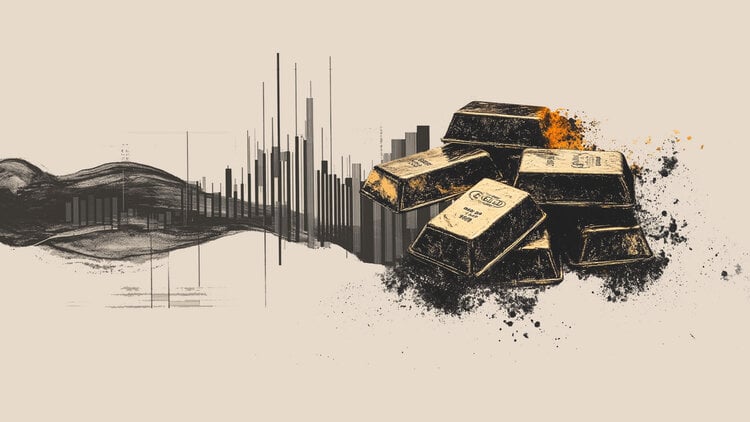Gold Price Forecast: XAU/USD drifts lower to near $3,310 ahead of key US data releases
- Gold price declines to $3,315 in Wednesday’s early Asian session.
- Easing trade tensions weighs on the Gold price.
- The US ADP Employment Change, PCE and the flash Q1 GDP reports will be the highlights later on Wednesday.
The Gold price (XAU/USD) extends the decline to near $3,315 during the early Asian session on Wednesday. The precious metal edges lower amid easing trade tensions and better risk sentiment in global markets. Traders will keep an eye on the US ADP Employment Change, Personal Consumption ExpendituresPrice Index (PCE) and the flash Q1 Gross Domestic Product (GDP) reports, which are due later on Wednesday.
US President Donald Trump plans to soften the impact of his automotive tariffs by preventing duties on foreign-made cars from stacking with other tariffs and easing levies on foreign parts used in car manufacturing, officials said. US Treasury Secretary Scott Bessent said on Monday that key trade partners have made "very good" offers to avoid US tariffs. Additionally, recent moves to exempt certain US goods from retaliatory tariffs demonstrate a willingness to de-escalate trade tensions.
Easing trade tensions has reduced demand for gold, a traditional safe-haven asset. "The easing came amid the US opening tariff talks with multiple nations and growing expectations of a possible China-US trade agreement according to US President Donald Trump. Additionally, optimism around a potential Russia-Ukraine peace deal further weighed on safe-haven demand for gold," said Jateen Trivedi, VP Research Analyst - Commodity and Currency, LKP Securities.
Investors await a slew of important US economic data this week for fresh impetus. The US ADP Employment Change, Personal Consumption ExpendituresPrice Index (PCE), and the flash Q1 Gross Domestic Product (GDP) reports will be published later on Wednesday. On Friday, the attention will shift to the US April employment report.
The expectation for April is that the US economy will add 130,000 jobs and the Unemployment Rate will remain at 4.2%. If the reports show a weaker-than-expected outcome, this could drag the Greenback lower and boost the USD-denominated commodity price in the near term.
Gold FAQs
Gold has played a key role in human’s history as it has been widely used as a store of value and medium of exchange. Currently, apart from its shine and usage for jewelry, the precious metal is widely seen as a safe-haven asset, meaning that it is considered a good investment during turbulent times. Gold is also widely seen as a hedge against inflation and against depreciating currencies as it doesn’t rely on any specific issuer or government.
Central banks are the biggest Gold holders. In their aim to support their currencies in turbulent times, central banks tend to diversify their reserves and buy Gold to improve the perceived strength of the economy and the currency. High Gold reserves can be a source of trust for a country’s solvency. Central banks added 1,136 tonnes of Gold worth around $70 billion to their reserves in 2022, according to data from the World Gold Council. This is the highest yearly purchase since records began. Central banks from emerging economies such as China, India and Turkey are quickly increasing their Gold reserves.
Gold has an inverse correlation with the US Dollar and US Treasuries, which are both major reserve and safe-haven assets. When the Dollar depreciates, Gold tends to rise, enabling investors and central banks to diversify their assets in turbulent times. Gold is also inversely correlated with risk assets. A rally in the stock market tends to weaken Gold price, while sell-offs in riskier markets tend to favor the precious metal.
The price can move due to a wide range of factors. Geopolitical instability or fears of a deep recession can quickly make Gold price escalate due to its safe-haven status. As a yield-less asset, Gold tends to rise with lower interest rates, while higher cost of money usually weighs down on the yellow metal. Still, most moves depend on how the US Dollar (USD) behaves as the asset is priced in dollars (XAU/USD). A strong Dollar tends to keep the price of Gold controlled, whereas a weaker Dollar is likely to push Gold prices up.
Forex News
Keep up with the financial markets, know what's happening and what is affecting the markets with our latest market updates. Analyze market movers, trends and build your trading strategies accordingly.
